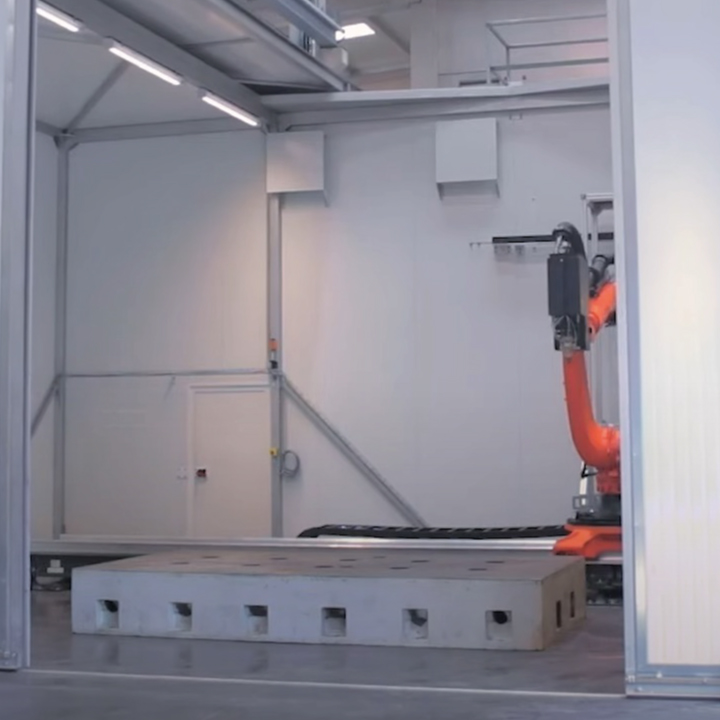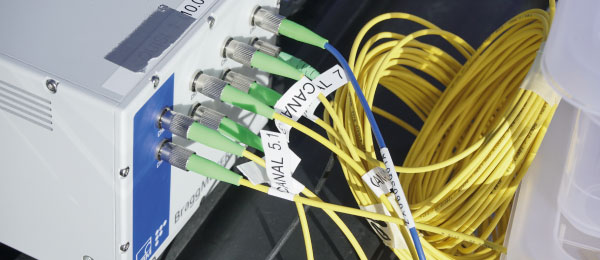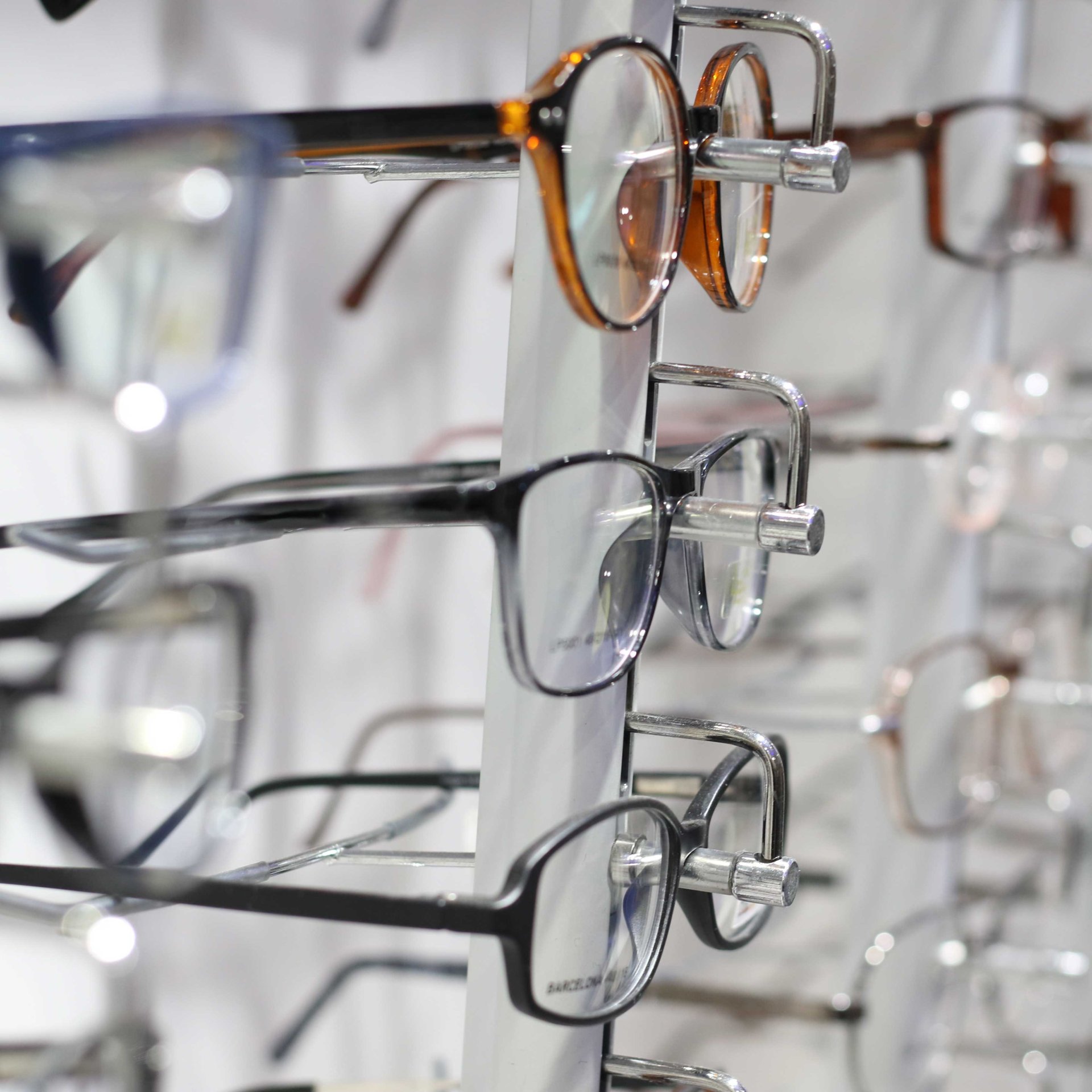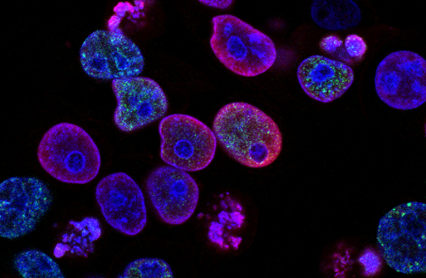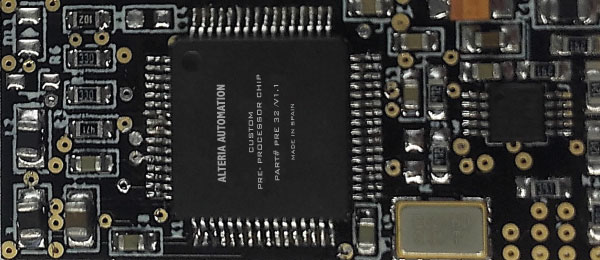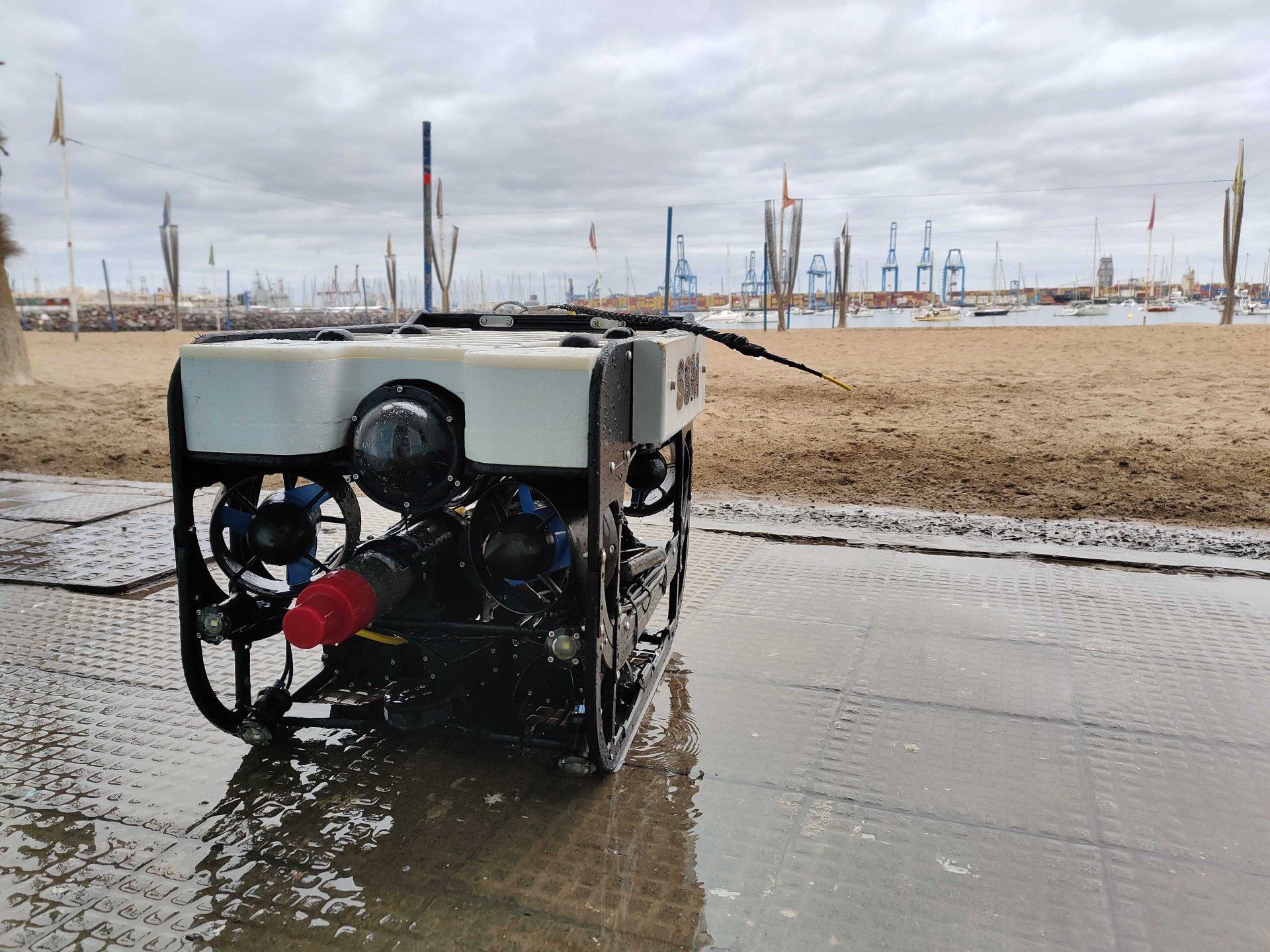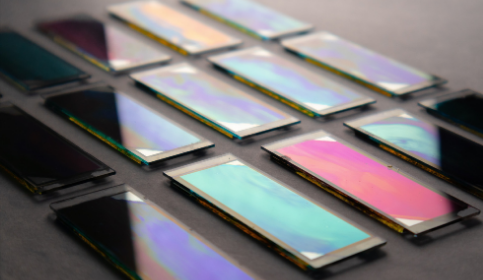TRY FIRST
Progressive lens demonstrator to validate a wearer’s vision comfort in advance and in situ.
According to various studies, more than 80% of people over the age of 55 suffer from presbyopia, an eye condition related to the ageing of the crystalline lens that begins to manifest itself around the age of 40 and typically makes near vision difficult.
In this context, the TRY FIRST project, led by 2EyesVision, INDO and Limbak and coordinated by secpho, proposes an effective solution to reduce users’ adaptation problems and their consequent rejection of the glasses they have purchased. The device developed allows the user to observe their environment through various models of progressive ophthalmic lenses to identify the design that is most comfortable for them before purchase.
The initiative has received funding from the Ministry of Industry, Trade and Tourism and the European Union-Next Generation EU, within the support programme for Innovative Business Clusters, which aims to digitise industry.
About 5% of the population who have access to progressive lenses have adaptation problems and suffer from uncomfortable vision because the lens does not fit correctly to the way they look.
As a person ages, the eyes lose the ability to focus on near objects, limiting clear vision at medium and far distances and making reading and other near vision tasks difficult. Population studies indicate that 80% of Spaniards are affected by this condition known as presbyopia or eyestrain, a normal ageing process that begins to manifest itself around the age of 40.
The solution to presbyopia involves surgery, the use of multifocal contact lenses or the use of ophthalmic lenses, the latter being the most widely accepted solution on the market due to the visual quality it provides and its non-invasive use. Of all the lenses, the most advantageous for several factors such as comfort, aesthetics and functionality, are progressive lenses, which allow the user to have good vision at different distances with a single pair of glasses.
However, progressive ophthalmic lenses sometimes require a process of adaptation to their use. By implementing a variable power along the different areas of the lens, there is a geometric limitation that causes the appearance of visual aberrations that make the user not see clearly across the entire surface of the lens. As a result, around 5% of the population that uses progressive lenses have problems with adaptation and suffer from uncomfortable vision because the lens does not adjust correctly to the way they look. For example, some of the discomforts that this lack of adaptation causes are headaches, vertigo, difficulty walking down or up stairs or blurred vision, especially in marginal areas.
TRY FIRST, proposes an effective solution to reduce the problems of adaptation of users and their consequent rejection of the acquired glasses.

Binocular prototype on optical bench of TRY FIRST project
During the project, a first binocular prototype has been developed on an optical bench that allows users to observe their surroundings through different models of progressive lenses already created, testing different distances to find the design that is most comfortable for them. Progress has also been made in the design of more advanced optics to improve the performance of the device and adjust it to the needs of end users. The final device will be controlled by an application connected to a server for data collection and processing, as well as connecting with the manufacturer to produce the lenses and send them to the optometric centre.
Beyond the transmission and processing of patient data, the aim of the project is to benefit the entire value chain, from reducing cost overruns by preventing the manufacturer from having to produce new lenses when those designed do not fit the patient correctly, to reducing waste generation and the low sustainability that this entails, as well as improving the customer experience, as some clinicians do not offer this solution due to the problems it entails.

















